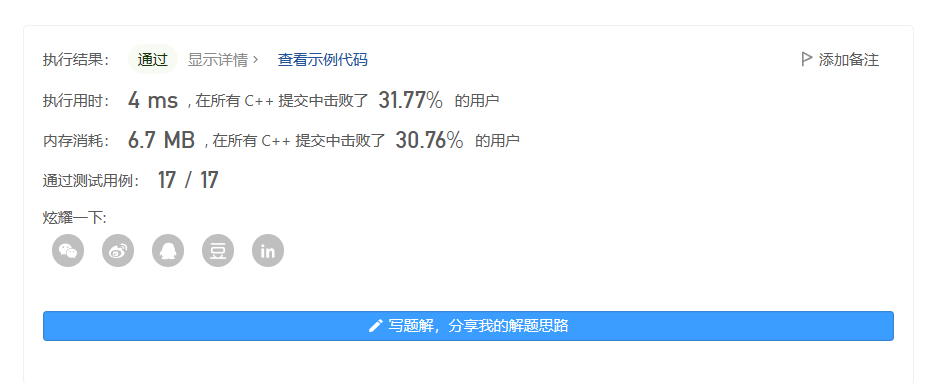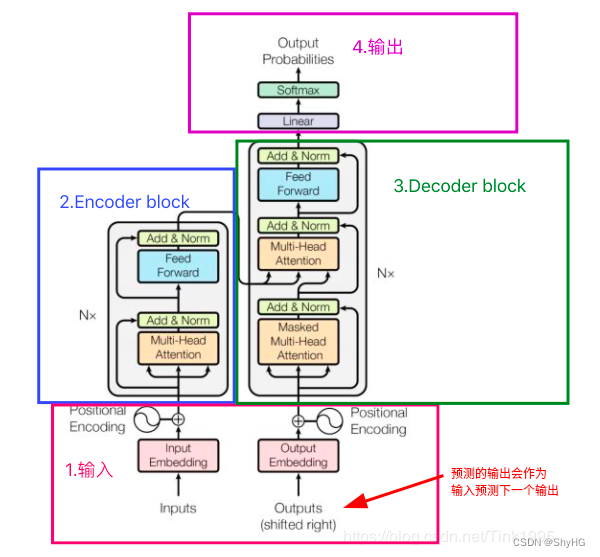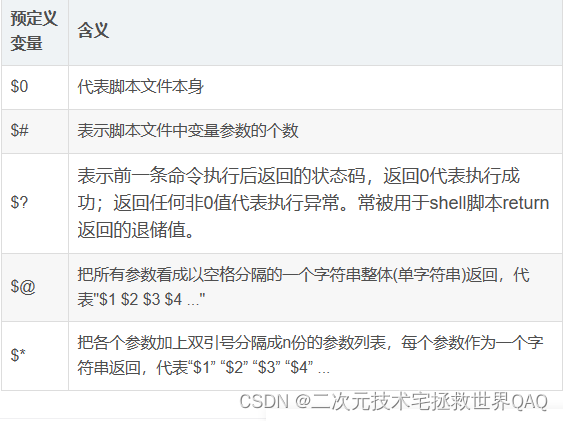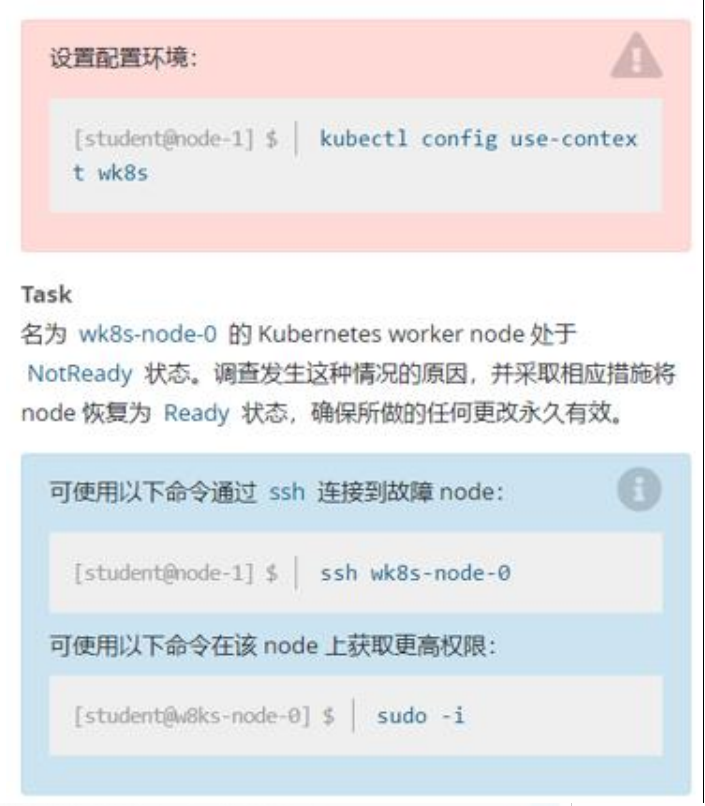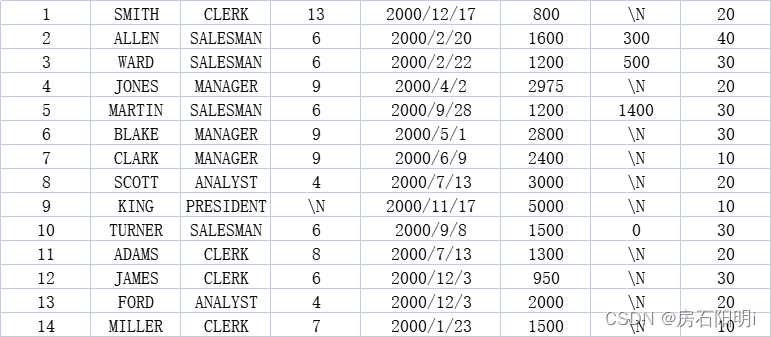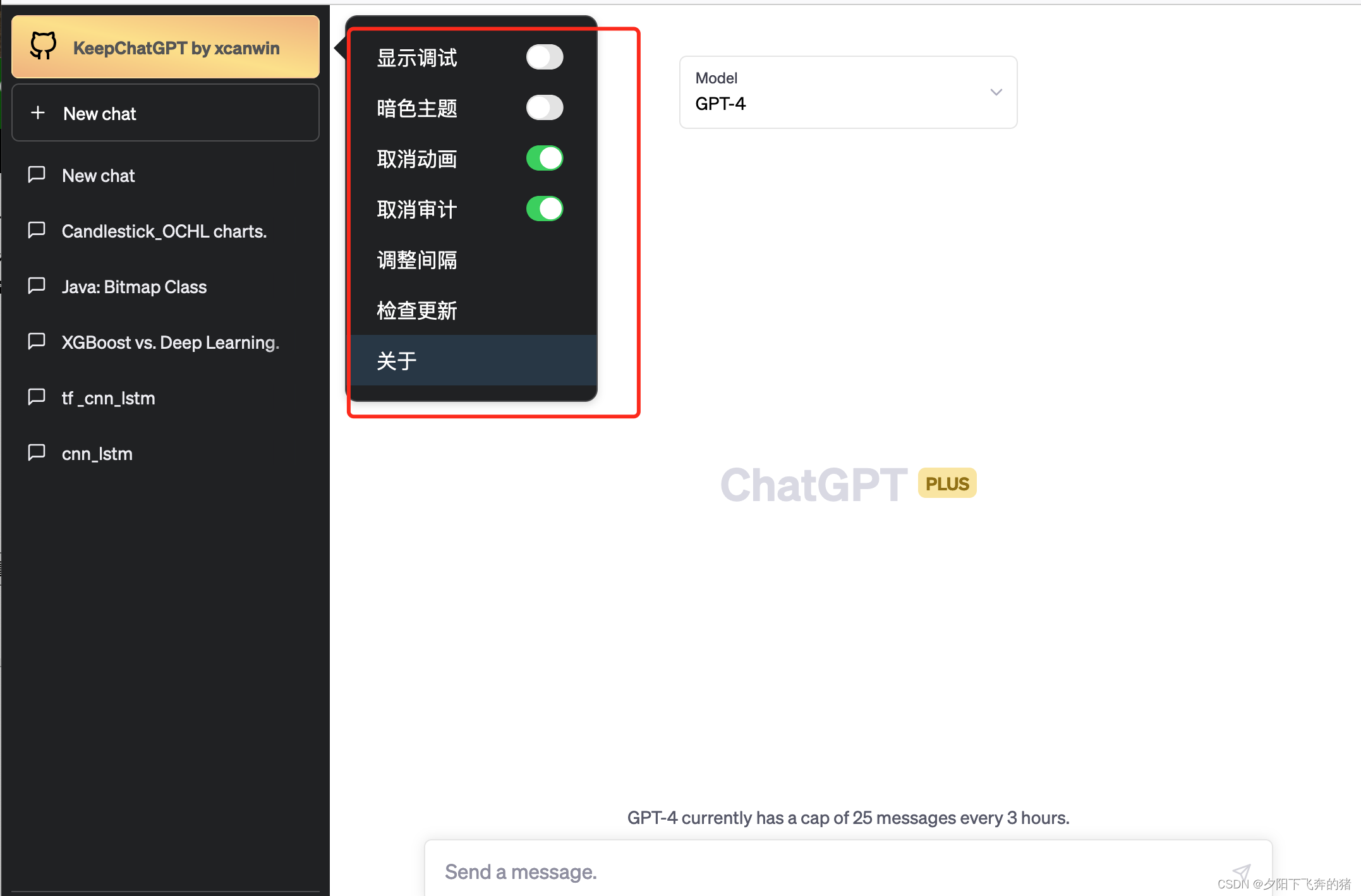传统机器学习(七)支持向量机(2)sklearn中的svm
2 sklearn中的svm
2.1 LinearSVC及SVC参数详解
2.1.1 SVC参数
class sklearn.svm.SVC(*,
C=1.0,
kernel='rbf',
degree=3,
gamma='scale',
coef0=0.0,
shrinking=True,
probability=False,
tol=0.001,
cache_size=200,
class_weight=None,
verbose=False,
max_iter=-1,
decision_function_shape='ovr',
break_ties=False,
random_state=None
)
用于分类,用libsvm实现,参数如下:
- C : 惩罚项,默认为1.0,C越大容错空间越小;C越小,容错空间越大
- kernel : 核函数的类型,可选参数为:
- “linear” : 线性核函数
- “poly” : 多项式核函数
- “rbf” : 高斯核函数(默认)
- “sigmod” : sigmod核函数
- “precomputed” : 核矩阵,表示自己提前计算好核函数矩阵
- degree : 多项式核函数的阶,默认为3,只对多项式核函数生效
- gamma : 核函数系数,可选,float类型,默认为auto。只对’rbf’ ,’poly’ ,’sigmod’有效。如果gamma为auto,代表其值为样本特征数的倒数,即
1/n_features - coef0 :核函数中的独立项,float类型,可选,默认为0.0。只有对’poly’ 和,’sigmod’核函数有用,是指其中的参数c
- probability : 是否启用概率估计,bool类型,可选参数,默认为False,这必须在调用fit()之前启用,并且会fit()方法速度变慢
- tol :svm停止训练的误差精度,float类型,可选参数,默认为1e^-3
- cache_size :内存大小,float,可选,默认200。指定训练所需要的内存,单位MB
- class_weight:类别权重,dict类型或str类型,可选,默认None。给每个类别分别设置不同的惩罚参数C,如果没有,则会给所有类别都给C=1,即前面指出的C。如果给定参数’balance’,则使用y的值自动调整与输入数据中的类频率成反比的权重
- max_iter:最大迭代次数,int类型,默认为-1,不限制
- decision_function_shape :决策函数类型,可选参数’ovo’和’ovr’,默认为’ovr’。’ovo’表示
one vs one,’ovr’表示one vs rest。(多分类) - random_state :数据洗牌时的种子值,int类型,可选,默认为None
2.1.2 LinearSVC参数
class sklearn.svm.LinearSVC(
penalty='l2',
loss='squared_hinge',
*,
dual=True,
tol=0.0001,
C=1.0,
multi_class='ovr',
fit_intercept=True,
intercept_scaling=1,
class_weight=None,
verbose=0,
random_state=None,
max_iter=1000
)
LinearSVC(Linear Support Vector Classification)线性支持向量机,核函数是 linear,不是基于libsvm实现的
参数:
- C:目标函数的惩罚系数C,默认C = 1.0;
- loss:指定损失函数.
squared_hinge(默认),squared_hinge - penalty : 惩罚方式,str类型,
l1,l2 - dual :选择算法来解决对偶或原始优化问题。当
nsamples>nfeatures时dual=false - tol :svm结束标准的精度, 默认是
1e - 3 - multi_class:如果y输出类别包含多类,用来确定多类策略, ovr表示一对多,“crammer_singer”优化所有类别的一个共同的目标 。如果选择“crammer_singer”,损失、惩罚和优化将会被被忽略。
- max_iter : 要运行的最大迭代次数。int,默认1000
2.2 LinearSVC及SVC使用案例
2.2.1 鸢尾花数据集在线性SVM上的应用
线性SVM有两种方式实现:
LinearSVC(C=1)SVC(C=1, kernel="linear")
import numpy as np
import os
%matplotlib inline
import matplotlib
import matplotlib.pyplot as plt
plt.rcParams['axes.labelsize'] = 14
plt.rcParams['xtick.labelsize'] = 12
plt.rcParams['ytick.labelsize'] = 12
import warnings
warnings.filterwarnings('ignore')
from sklearn.svm import SVC
from sklearn.datasets import load_iris
# 选择鸢尾花数据集的两列,方便画图
iris = load_iris()
X = iris['data'][:, (2,3)]
y = iris['target']
# 只选择两个种类的鸢尾花数据
setosa_versi = (y == 0) | (y == 1)
X = X[setosa_versi]
y = y[setosa_versi]
# 训练,常数C越大,容错空间越小,上下支持面之间的距离越小;常数C越小,容错空间越大,上下支持面之间的距离越大
svm_clf = SVC(kernel='linear',C=100000000)
svm_clf.fit(X,y)
# 绘制决策边界
def plot_svc_decision_boundary(svm_clf,xmin,xmax,sv=True):
# linearsvc.coef_是所有特征的权重
w = svm_clf.coef_[0]
# linearsvc.intercept_是截距
b = svm_clf.intercept_[0]
x0 = np.linspace(xmin, xmax, 200)
# 决策边界方程为:w[0]x0 + w[1]x1 = 0
# 这里计算x1的值
decision_boundary = - w[0]/w[1] * x0 - b/w[1]
# 支持面距离判别面之间的距离margin
margin = 1 / w[1]
# 上支持面,在这里是x1 + margin
gutter_up = decision_boundary + margin
# 下支持面,在这里是x1 - margin
gutter_dw = decision_boundary - margin
# 是否画出支持向量
if sv:
svs = svm_clf.support_vectors_ # 支持向量
plt.scatter(svs[:,0],svs[:,1],s=180)
plt.plot(x0,decision_boundary,'k-',linewidth=2)
plt.plot(x0,gutter_up,'k--',linewidth=2)
plt.plot(x0,gutter_dw,'k--',linewidth=2)
plt.figure(figsize=(12,8))
plot_svc_decision_boundary(svm_clf,0,5.5)
plt.plot(X[:,0][y==1],X[:,1][y==1],'bs')
plt.plot(X[:,0][y==0],X[:,1][y==0],'yo')
plt.axis([0,5.5,0,2])
plt.show()

# 在这里把C值调小一些,我们可以看到容错空间越大,上下支持面之间的距离越大
# 此时的支撑向量:指的是落在支持面上的样本,及支持面没支持住的样本
svm_clf_2 = SVC(kernel='linear',C=0.01)
svm_clf_2.fit(X,y)
plt.figure(figsize=(12,8))
plot_svc_decision_boundary(svm_clf_2,0,5.5)
plt.plot(X[:,0][y==1],X[:,1][y==1],'bs')
plt.plot(X[:,0][y==0],X[:,1][y==0],'yo')
plt.axis([0,5.5,0,2])
plt.show()

2.2.2 多项式核函数
这里可以手动使用 PolynomialFeature将数据升维,再用LinearSVC进行分类。也可以直接使用SVC指定多项式核函数,即:
1、用LinearSVC,需要用PolynomialFeatures升维
from sklearn.datasets import make_moons
# 使用sklearn自带的moon数据
X, y = make_moons(n_samples=100,noise=0.15,random_state=42)
def plot_dataset(X,y,axis):
plt.plot(X[:,0][y == 0],X[:,1][y == 0],'bs')
plt.plot(X[:,0][y == 1],X[:,1][y == 1],'go')
plt.axis(axis)
plt.grid(True,which='both')
plot_dataset(X,y,[-1.5,2.5,-1,1.5])
plt.show()

from sklearn.preprocessing import PolynomialFeatures
# 使用LinearSVC分类,使用pipeline封装一下
poly_pipeline = Pipeline(steps=[
("ploy_features",PolynomialFeatures(degree=3)),
("scaler",StandardScaler()),
("svm_clf",LinearSVC(C=10,loss='hinge'))
])
poly_pipeline.fit(X,y)
# 画出决策边界
def plot_pred(clf,axes):
x0s = np.linspace(axes[0],axes[1],100)
x1s = np.linspace(axes[2],axes[3],100)
x0,x1 = np.meshgrid(x0s,x1s)
# x0 和 x1 被拉成一列,然后拼接成10000行2列的矩阵,表示所有点
X = np.c_[x0.ravel(),x1.ravel()]
# 二维点集才可以用来预测
y_pred = clf.predict(X).reshape(x0.shape)
# 等高线
plt.contourf(x0,x1,y_pred,alpha=0.2)
plot_pred(poly_pipeline,[-1.5,2.5,-1,1.5])
plot_dataset(X,y,[-1.5,2.5,-1,1.5])
plt.show()

2、用SVC() 指定kernel=poly
ploy_kernel_svm_clf1 = Pipeline(
steps=[
("scaler",StandardScaler()),
("svm_clf",SVC(kernel='poly',degree=3,coef0=1,C=5))
]
)
ploy_kernel_svm_clf1.fit(X,y)
# 可以看到degree越大,分类效果越好,但是也容易造成模型过拟合、模型复杂度提高
ploy_kernel_svm_clf2 = Pipeline(
steps=[
("scaler",StandardScaler()),
("svm_clf",SVC(kernel='poly',degree=10,coef0=100,C=5))
]
)
ploy_kernel_svm_clf2.fit(X,y)
plt.figure(figsize=(12,5))
plt.subplot(121)
plot_pred(ploy_kernel_svm_clf1,[-1.5,2.5,-1,1.5])
plot_dataset(X,y,[-1.5,2.5,-1,1.5])
plt.subplot(122)
plot_pred(ploy_kernel_svm_clf2,[-1.5,2.5,-1,1.5])
plot_dataset(X,y,[-1.5,2.5,-1,1.5])
plt.show()

2.2.3 高斯核函数


gamma1,gamma2 = 0.1,5
C1,C2 = 0.001,1000
params = (gamma1,C1),(gamma1,C2),(gamma2,C1),(gamma2,C2)
svm_clfs = []
for gamma,C in params:
rbf_pipeline = Pipeline(
steps=[
("scaler",StandardScaler()),
("svm_clf",SVC(kernel='rbf',gamma=gamma,C=C))
]
)
rbf_pipeline.fit(X,y)
svm_clfs.append(rbf_pipeline)
plt.figure(figsize=(11,7))
for i,svm_clf in enumerate(svm_clfs):
plt.subplot(221+i)
plot_pred(svm_clf,[-1.5,2.5,-1,1.5])
plot_dataset(X,y,[-1.5,2.5,-1,1.5])
gamma,C = params[i]
plt.title("gamma = {},C = {}".format(gamma,C))
plt.show()
-
gamma参数越大,高斯分布越窄
-
常数C越大,容错空间越小

